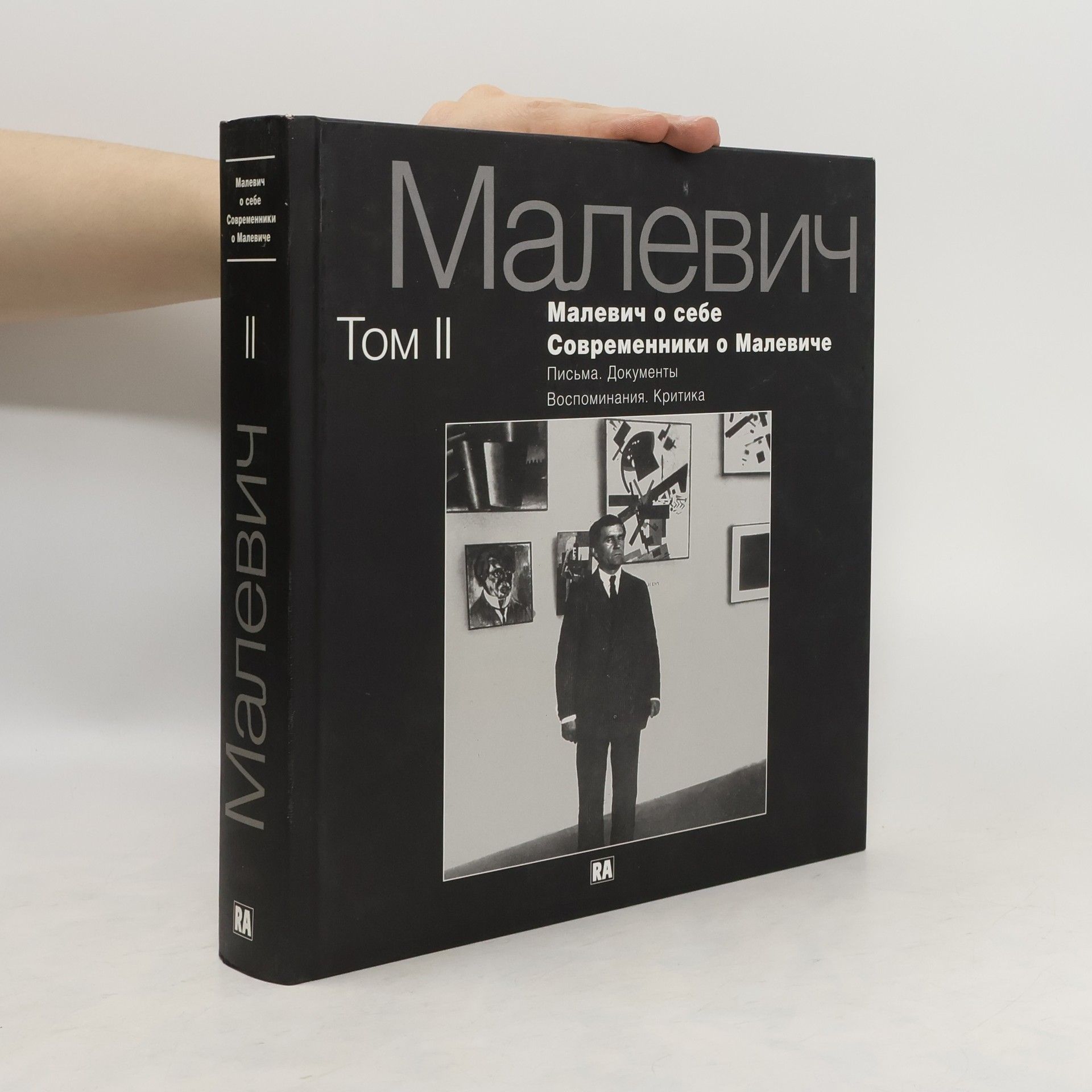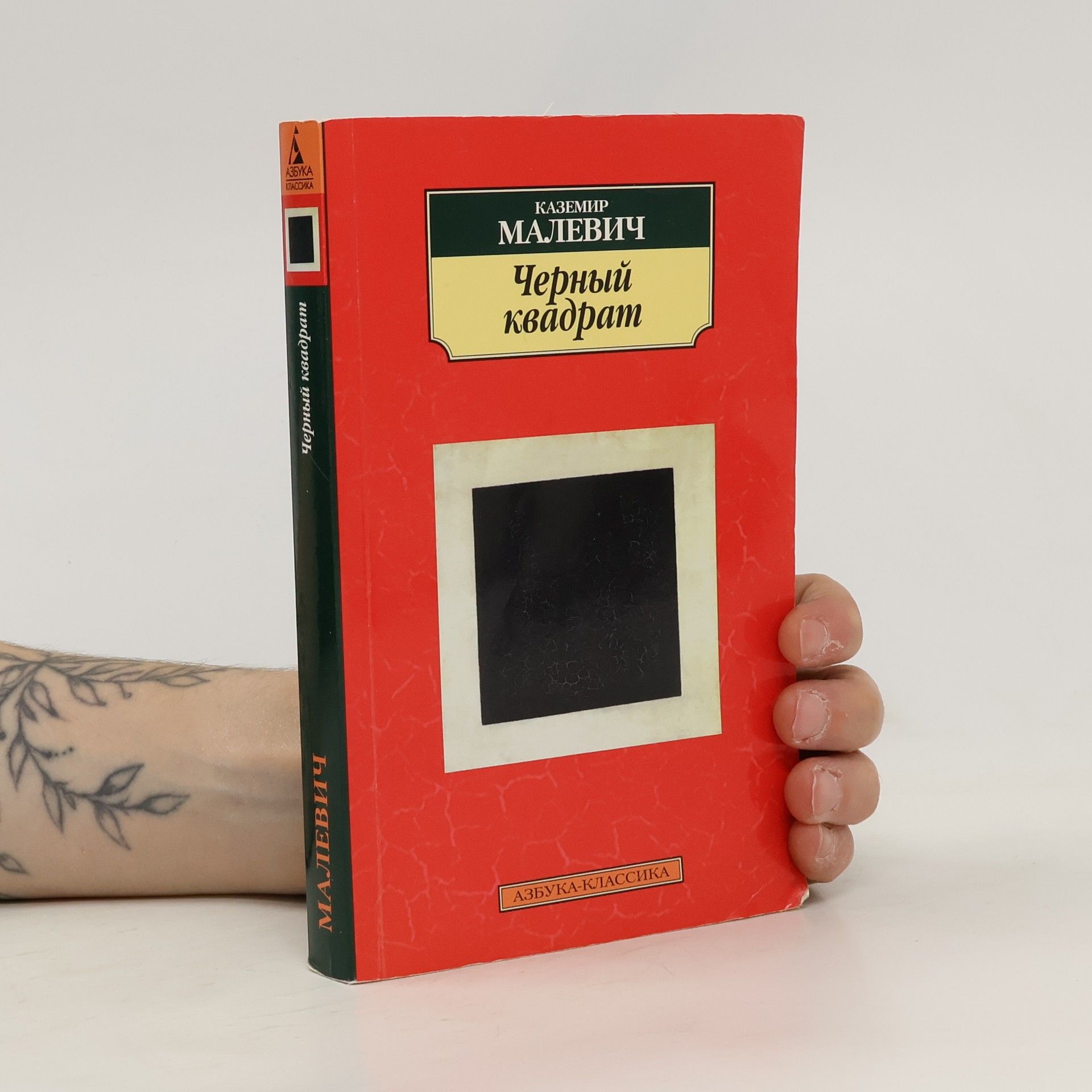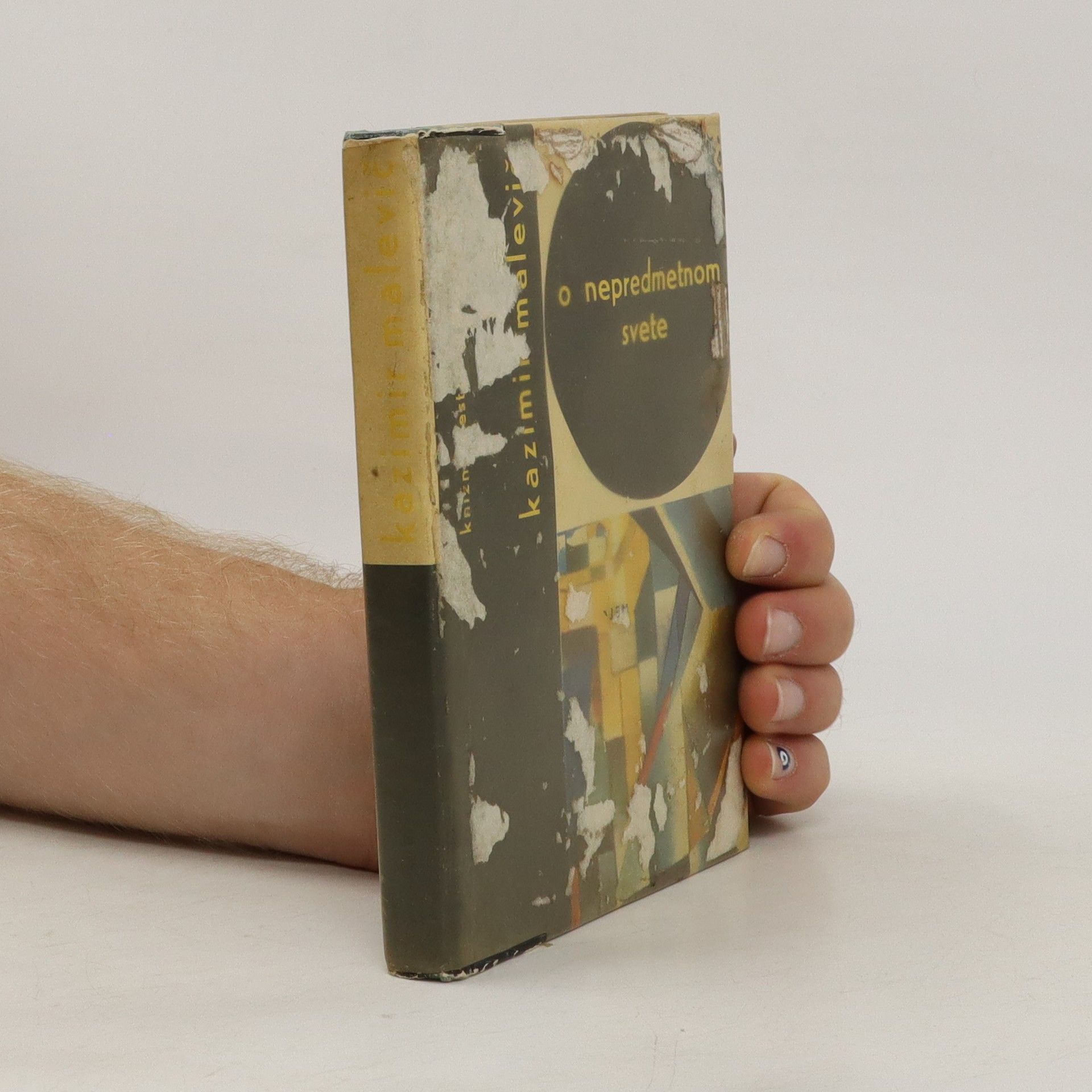Unsere Kalender sind auf umweltfreundlichem Papier gedruckt und vom FSC zertifiziert. 16-Monats-Kalender mit internationalen Feiertagen und den Feiertagen der wichtigsten Weltreligionen. Broschürenkalender - Fine Arts 30x30 cm (geöffnet 30x60 cm)
Kazimir Malevič Livres
Peintre et théoricien de l'art, cet artiste fut un pionnier de l'art abstrait géométrique et l'initiateur du mouvement d'avant-garde suprématiste. Son approche innovante de l'art a défini une nouvelle ère de création visuelle. Il a exploré les formes et les couleurs fondamentales, influençant ainsi considérablement la trajectoire de l'art moderne. Son œuvre offre une perspective révolutionnaire sur l'expression abstraite.
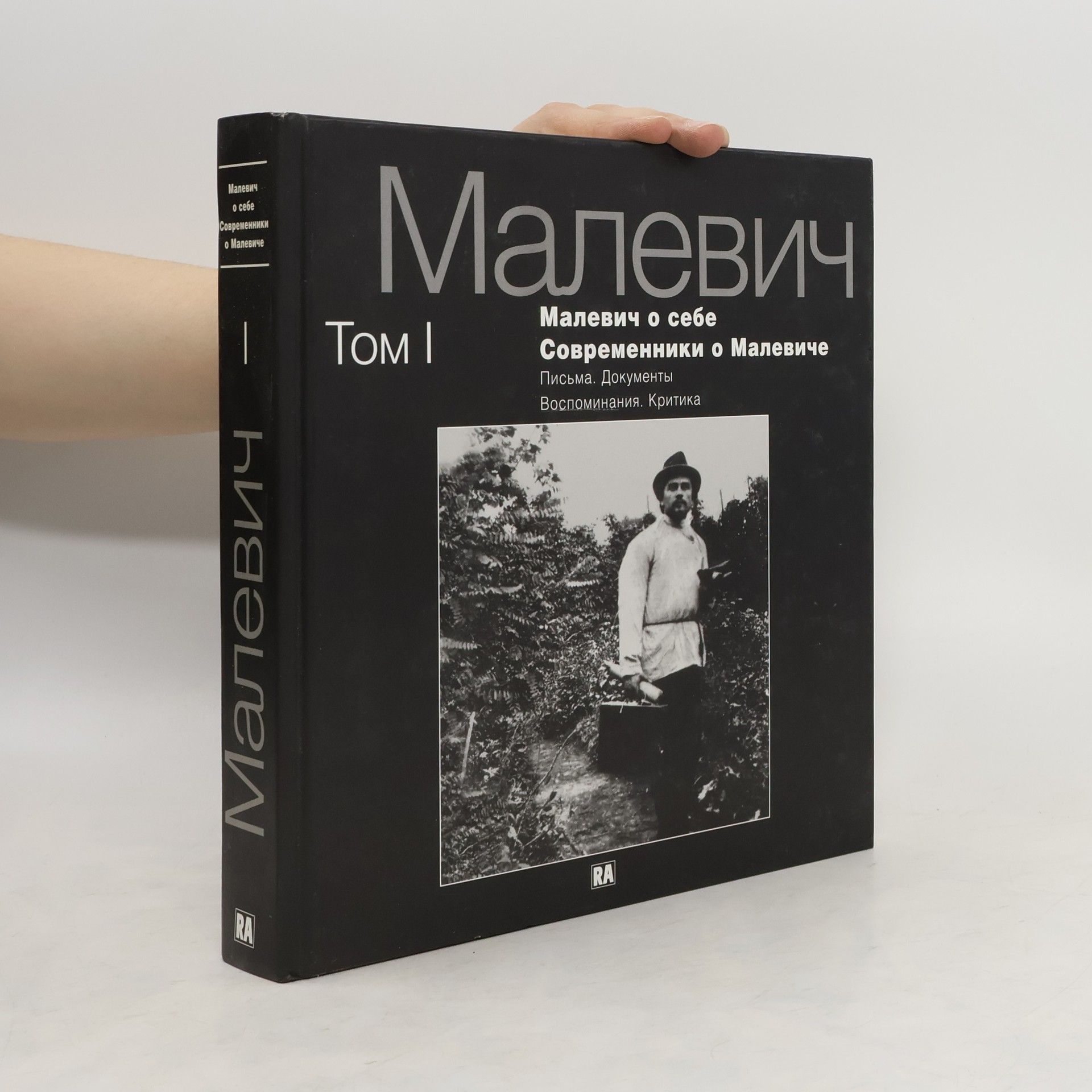
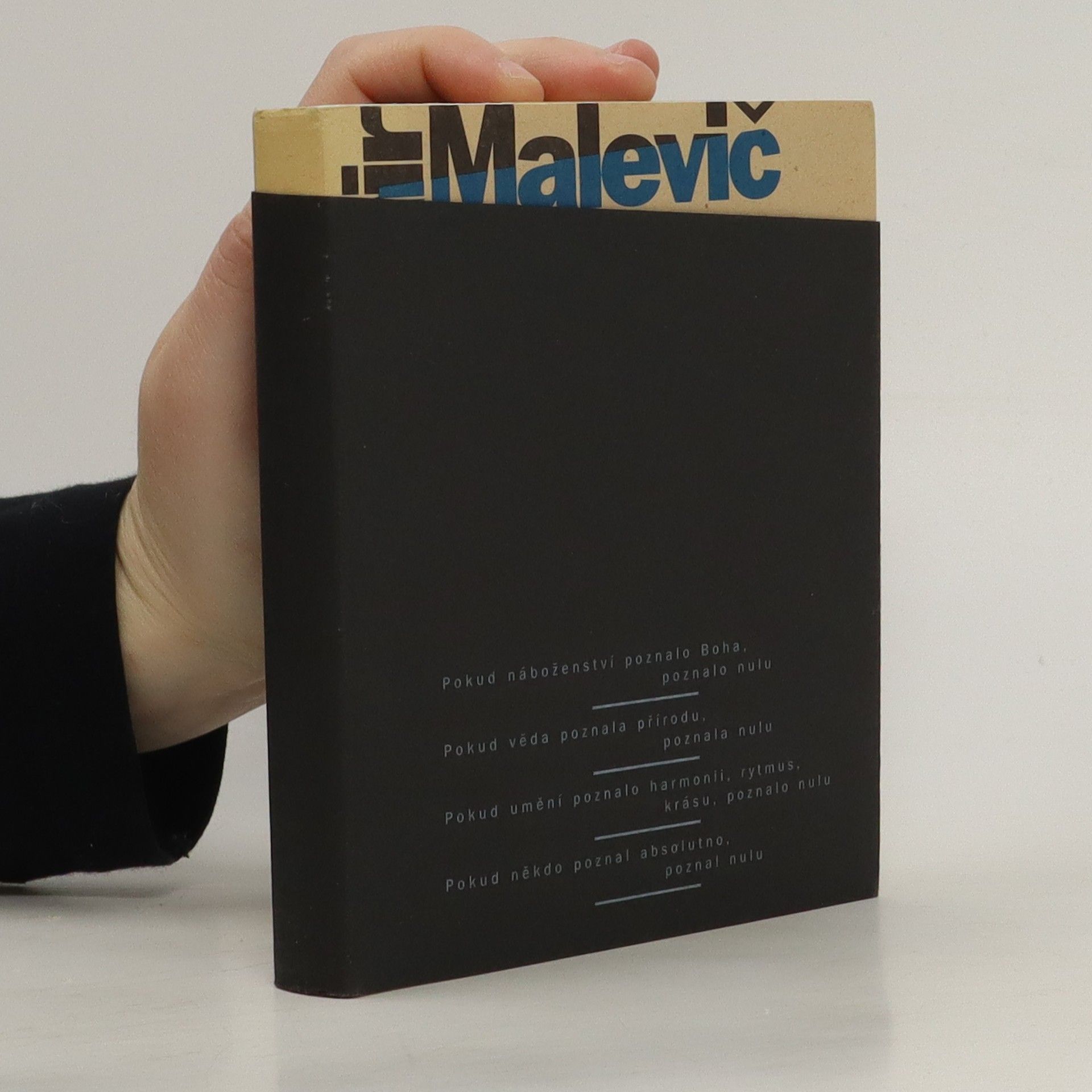

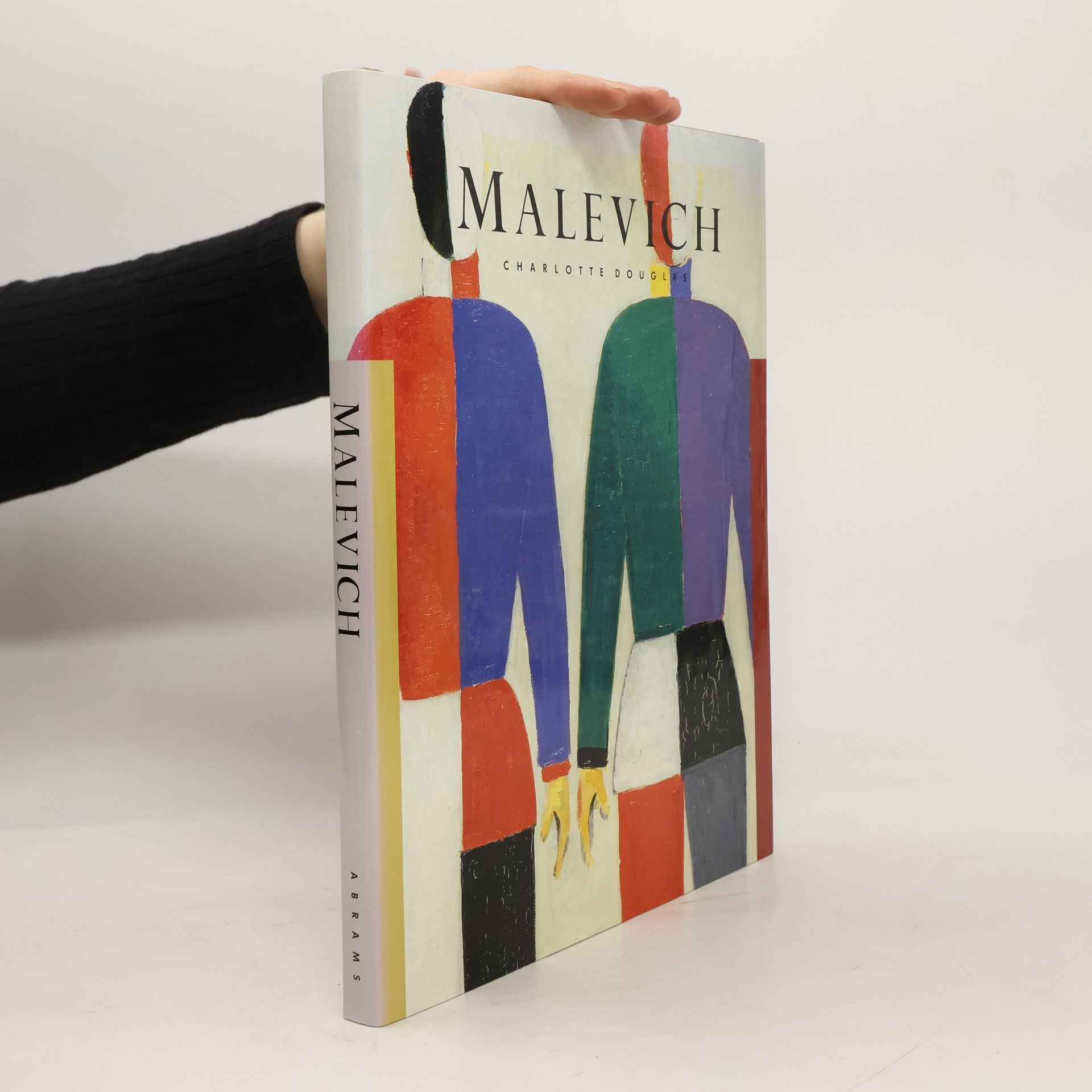


Kazimir Malevich’s painting „Black Square“ (1915) had a decisive influence on the course of artistic developments in the 20th century. On the 100-year anniversary of the work, Irina Vakar has reassessed the evidence base around the painting and caused much excitement among art historians in the process. With art historical findings from X-ray imagery and pigment samples, a new story of its creation and interpretation has emerged. After the publication of the results in Russian, a German and English edition is now available. Malevich’s abstract painting is not the sole focus—the book actually covers his complete oeuvre. For example, his theatre experiments, in particular the futuristic opera „Victory Over the Sun“ (premiere 1913), are linked to considerations on „Black Square“.
In the last five or six years of his life, Malevich turned to a style with echoes of Holbein and Southern Renaissance artists, but Douglas also has ferreted out Malevich's relationship with the contemporary Italian painter Giorgio de Chirico. With this startling information, first published here, Douglas leads us to a profound reassessment of this towering figure. Throughout his personal crises, Malevich continued to teach and to influence many leading figures in the Soviet art world of his time and later. His writings and lectures still have vital resonance for our generation - as is evident from several of his own pedagogical charts reproduced here and from his letters, some of which are used here for the first time.
Kazimir Malevich before and after the square
- 167pages
- 6 heures de lecture
100 Jahre „Sieg über die Sonne“ - Oper mit Kostümen von Kazimir Malevich - umfangeiche Ausstellung über das Werk von Malevich und Aufführung der Oper mit rekonstruierten Kostümen und der Musik von Mikhail Matiushin. Briefwechsel, Kostümentwürfen. Bilder aus der Sammlung des Russischen Museums St. Petersburg.
Výbor představuje tajemným stylem napsané traktáty či eseje jednoho z předních aktérů ruské avantgardy desátých a dvacátých let, autora legendárního obrazu Černý čtverec.
Книга посвящена жизни и творчеству великого художника XX столетия Казимира Севериновича Малевича (1879–1935). В I том вошли «Главы из автобиографии художника», написанные Малевичем в начале 1930-х годов, письма и документы. В раздел «Письма» включены двести шестьдесят три письма Малевича разным лицам за период с 1909 по 1935 год, в том числе сорок четыре — жене. Значительная часть писем публикуется впервые. Раздел «Документы» объединяет материалы, относящиеся к разным периодам жизни К.С. Малевича. Многие из них до сих пор не публиковались и помогают уточнить некоторые спорные вопросы биографии художника, например, документ, устанавливающий новую дату его рождения. Раздел включает также редкие документы, касающиеся родословной Малевича, годов его учебы, деятельности в Наркомпросе и ГСХМ, работы в Москве, Витебске и Петрограде-Ленинграде. Особый интерес представляет впервые публикуемое «Следственное дело» Малевича (1930). Все материалы сопровождаются подробными научными комментариями. Среди ста семидесяти иллюстраций — документальные фотографии, живописные и графические произведения, изображающие художника, его окружение, места, связанные с его жизнью, а также факсимильные воспроизведения документов.
Книга посвящена жизни и творчеству великого художника XX столетия Казимира Севериновича Малевича (1879–1935). Во II томе собраны воспоминания современников о Малевиче; туда же включены разделы «Критика», «Каталоги» и послесловие. Наиболее обширная часть II тома — воспоминания современников — состоит из двух разделов: «Воспоминания родных и знакомых» и «Деятели искусства и литературы о К.С. Малевиче». Сюда вошли воспоминания более ста человек, знавших художника, это его родные, ученики, друзья, соратники и противники по художественной борьбе, деятели искусства, чиновники. Ряд материалов публикуется впервые, некоторые написаны специально для настоящего издания. Все материалы сопровождаются подробными научными комментариями. В разделе «Критика» приведены отзывы художественной критики о творчестве Малевича, начиная с первых заметок 1908 года. В разделе «Каталоги» собраны сведения о прижизненных выставках мастера с указанием экспонировавшихся работ. Значительная часть иллюстраций (всего их двести тридцать одна) публикуется впервые.
Черный квадрат
- 284pages
- 10 heures de lecture
МАлевич - это снаряд, посланный человеческим духом в небытие, в чистую пустоту интуиции, где единственными реальностями являются отношения и связи
Die beiden hier erstmals veröffentlichten autobiographischen Texte des durch sein wegweisendes Bild "Das Schwarze Quadrat" weltberühmten Malers Malewitsch machen überraschend klar, wie ausschlaggebend seine Kindheit in einem ukrainischen Dorf und die von ihm grenzenlos empfundene Freiheit eines Lebens in der Natur für seine Kunst waren
